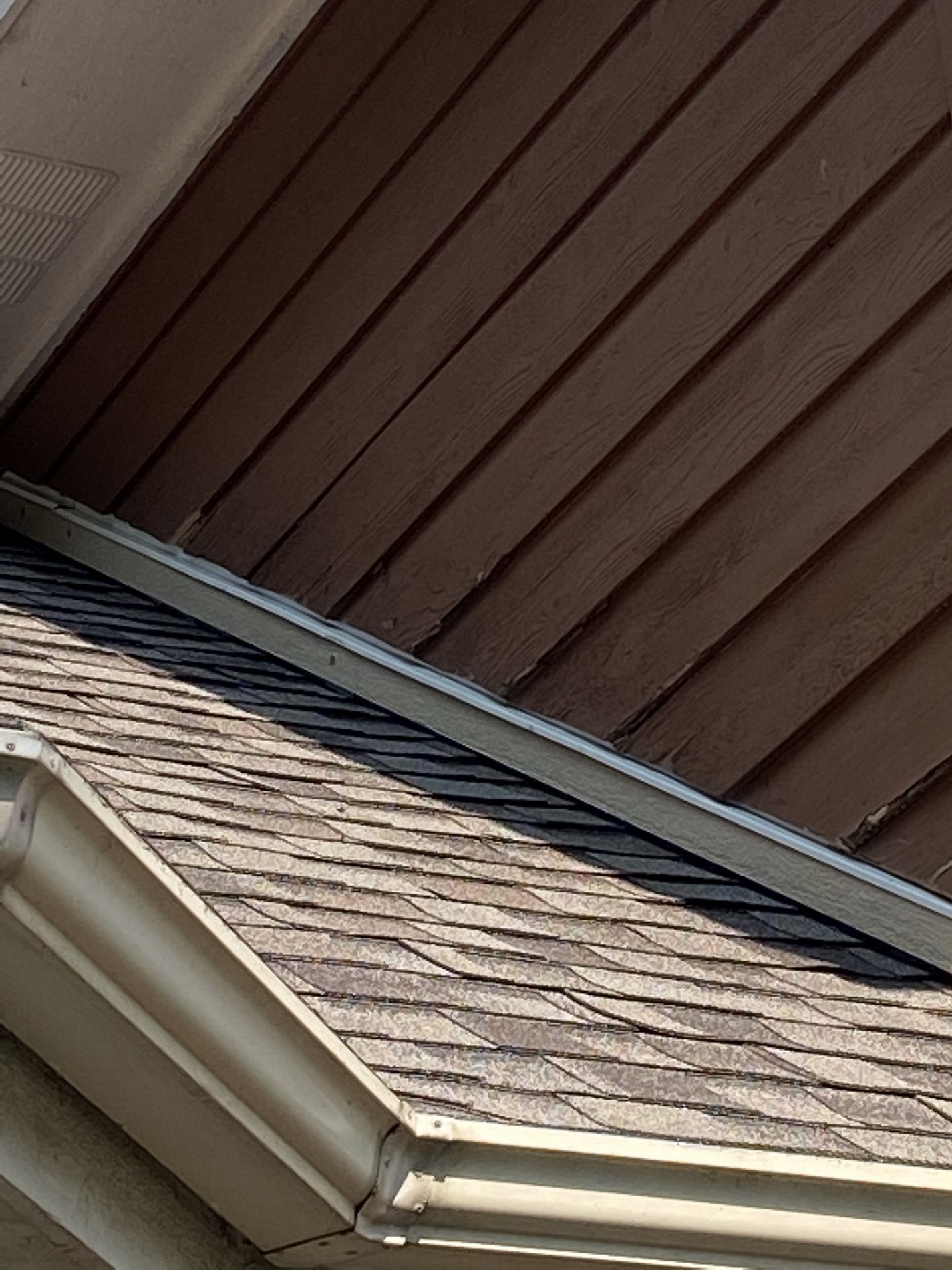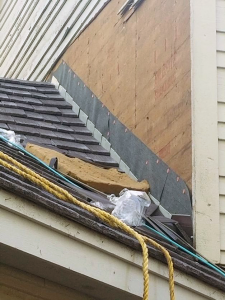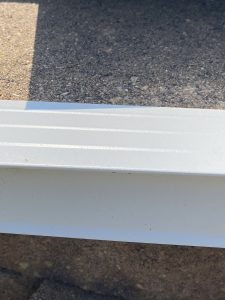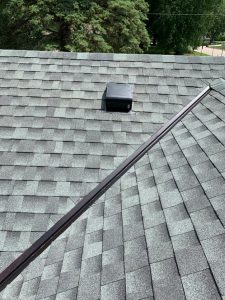Not sure if many of us know what flashing is and the different kinds of flashing. In this blog, we will learn the use of flashing and why it is a crucial part of the roofing.
What is flashing?
Flashing refers to thin pieces of waterproof material installed to prevent the passage of water into a structure from a joint. It directs water away from the critical areas of the roof from the vertical surface of the wall.
The flashing can be exposed or concealed. Exposed flashing is usually sheet metal like a dormer flashing and concealed flashing may be metal or flexible such as adhesive-backed tape or membrane. This material is specifically used around wall penetrations such as windows and door openings. It is installed to surround roof features such as skylights, vents, chimneys, etc.
Why is roof flashing important?
Roof flashing is an essential part of the roofing. It keeps your roof waterproof. If the roof flashing is not installed properly, it leads to a leak in the roof which can be costly to fix. It is crucial to have roof flashing installed on every roof to prevent leaks. Damaged or poorly installed roof flashing especially around the chimney, dormers is one of the most common reasons for a leaky roof.
What are the various kinds of roof flashing?
There are various types of different roof flashings. Some of the major types of roof flashings that we are going to discuss in this blog are:
Drip edge, Roof step flashing, base flashing, continuous flashing (dormer flashing), kick-out flashing, valley flashing, Drip Cap flashing, skylight flashing, Chimney flashing, and vent pipe flashing.
Roof Step Flashing:
Roof Step Flashing consists of short pieces of metal flashing, each installed to overlap the flashing in the course below and to be overlapped by the shingle in the course above. It is a thin material, usually coated with a protective layer of zinc. Roofers use step flashing to direct water away from critical areas of a roof where the roof plane meets a vertical surface like a wall or a dormer.
Shingle manufacturers require step flashing at the sidewalls for asphalt, slate, and wood and used for roof-to-wall flashing. The purpose is to make sure that the water flows away from the wall. Roof flashing can be made up of aluminum, stainless steel, zinc alloy, copper, etc.
Drip Edge:
A drip edge is a metal flashing installed at the edges of the roof. It holds the underlayment down and creates a watertight seal around the edge of the roof. Drip edge also protects the edge of the decking due to water penetration during driving rains assisting gutters to direct water away from the house and foundation.
Base flashing:
Base flashing is the flashing provided by upturned edges of a watertight membrane on a roof. It is any metal or composition flashing at the joint between a roofing surface and a vertical surface, such as a wall or parapet. Chimneys mostly require two pieces of flashing. Two-part flashing helps the system stay secure due to constant expansion and contraction.
Continuous Flashing, Dormer Flashing:
Continuous flashing is simply a single piece of flashing placed behind the exterior cladding and weather-resistant barrier on the wall extended out over the shingles. It is also known as “apron flashing” because it acts like an apron. Step flashing is preferred over the continuous flashing. Continuous flashing does not have room to contract and expand which is prone to leak.
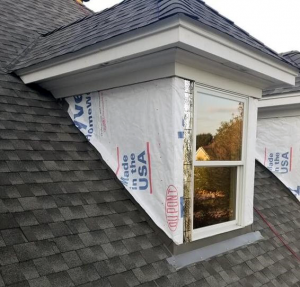
Kickout Flashing:
Kickout flashing is also known as diverter flashing. It is a special type of flashing that reroutes rainwater away from the cladding and into the gutter. They protect against the penetration of water into the building envelope.
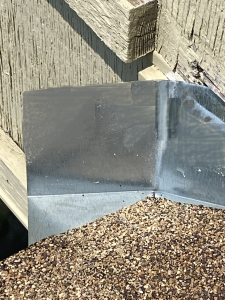
Valley Flashing:
Valleys are installed where two roof slopes meet. This part of the roof is most susceptible to leaking, as the roof-covering is interrupted by the change in roof direction.
There are two types of basic valleys: Open Valley and Closed Valley
Open Valleys:
The open valley is lined with metal flashing because they carry away debris more readily than the closed valley. The roof-covering material is held back 2 to 6inches from each centerline making some of the flashings visible.
Closed Valleys:
Closed valleys are those in which no flashing is available. The roof-covering is mostly continuous across the valley and protects it from moisture intrusion. While closed valleys are not required to have metal flashing, they must have an additional underlayment lining the valley.
Drip Cap Flashing
A drip cap is an L-shaped flashing installed above the windows/doors. Without a drip cap flashing around doors and windows, the water can flow into the house which causes leaks around the window. They are long-lasting and provide better leak protection.
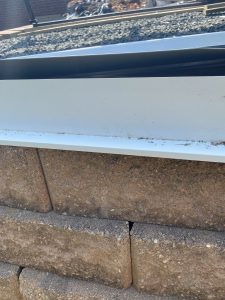
Skylight Flashing
Skylight flashing keeps moisture on the surface of the roofing material. Flashing around the skylight assures that it will not leak and prevents molds and rot.
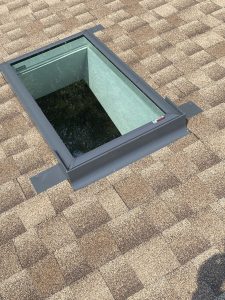
Chimney Flashing
Chimney flashing creates a waterproof seal to protect the chimney and roof from water damage. It is a very common contributor to chimney leaks which can lead to a major issue if not taken care of right away. Improper installation of the chimney flashing can damage the roof and the attic.
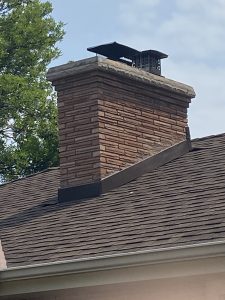
Vent Pipe Flashing
Vent pipes penetrate the roof to allow air into the plumbing system. It helps with the free flow of drain and assures the sewer gases can be vented safely outdoors. They protect the area around the pipes to prevent water penetration. There are two types of vent pipe flashing – Lead Top Flashing and PVC boots.
Lead top flashing/PVC Boots
Lead top flashing flashes the plumbing boots in houses. It is used for the lead pipe soil venting system. Pre-eighties houses had lead pipes which are now replaced by PVC pipes. The PVC Boot is an economical flashing designed for single pipe penetrations.
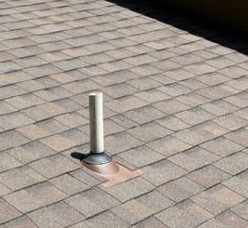
Now we know that roof flashing is an important part of the roofing. Different types of flashings have different uses but they all have the same purpose of acting as a barrier to prevent leakage in the house. Call Evergreen Construction Company, Inc for any leaky roof situation today!
Flashing FAQ
What is flashing?
Flashing refers to thin pieces of waterproof material installed to prevent the passage of water into a structure from a joint. It directs water away from the critical areas of the roof from the vertical surface of the wall.
Why is roof flashing important?
Roof flashing is an essential part of the roofing. It keeps your roof waterproof. If the roof flashing is not installed properly, it leads to a leak in the roof which can be costly to fix. It is crucial to have roof flashing installed on every roof to prevent leaks. Damaged or poorly installed roof flashing especially around the chimney, dormers is one of the most common reasons for a leaky roof.
What is a Roof Step Flashing?
Roof Step Flashing consists of short pieces of metal flashing, each installed to overlap the flashing in the course below and to be overlapped by the shingle in the course above. It is a thin material, usually coated with a protective layer of zinc. Roofers use step flashing to direct water away from critical areas of a roof where the roof plane meets a vertical surface like a wall or a dormer.

